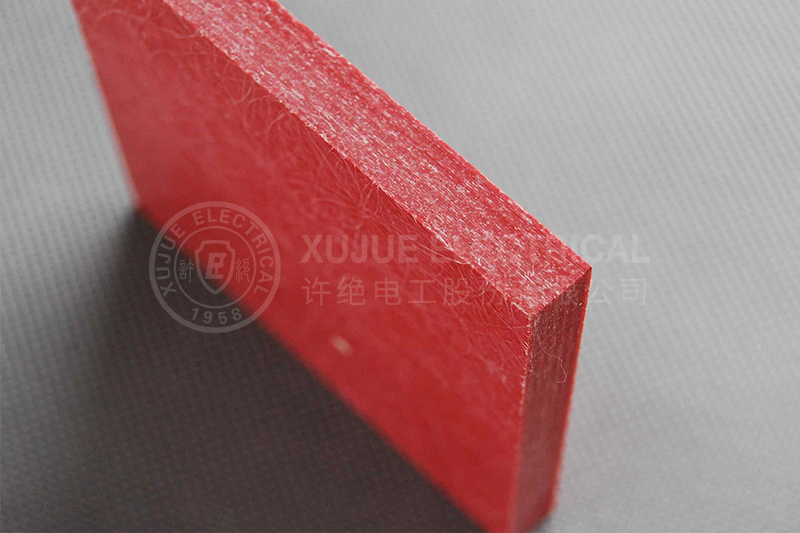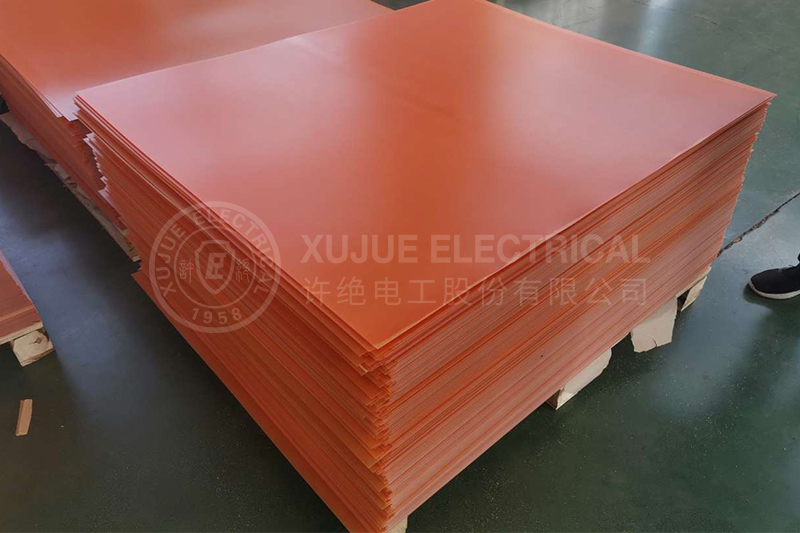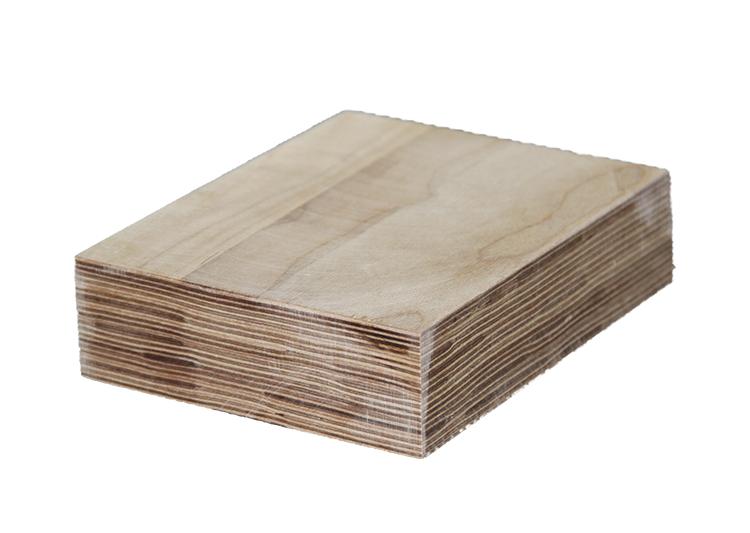GPO-3 Laminate Sheet: Benefits, Limitations & Best Use Cases Explained
Materials are the cornerstone of industrial development, and their characteristics determine their value across various applications. In the electrical industry, GPO-3 laminated sheets stand out due to their unique properties. In this article, we will provide a comprehensive analysis of the advantages, limitations, and ideal applications of GPO-3 laminated sheets, helping you gain deeper insight into this material.
Advantages of GPO-3 Laminated Sheet
1. Excellent Electrical Performance
GPO-3 laminated sheets possess extremely high surface and volume resistivity, making them an ideal insulating material capable of effectively preventing current leakage. With an arc resistance time exceeding 180 seconds, the material can operate stably even in high-voltage environments. Additionally, it has a Comparative Tracking Index (CTI) of 600V, allowing it to maintain stable electrical performance even in humid or contaminated conditions, thereby ensuring the safe operation of electrical systems.
2. Outstanding Mechanical Properties
Reinforced with glass fiber, this laminated sheet offers high mechanical strength and is resistant to crushing, providing reliable structural support for equipment. It is easy to process using standard metalworking tools such as stamping, drilling, shearing, and sanding. With a minimum bending diameter of just 19mm, it meets diverse manufacturing requirements. Moreover, the GPO-3 laminated sheet is rated as thermal class F, meaning it maintains stable mechanical and electrical performance even under high-temperature conditions, showcasing excellent adaptability.
3. Flame Retardant and Environmentally Friendly
GPO-3 laminated sheets meet the UL 94 V-0 flame retardant standard, and some grades, such as Grade UTR, are even halogen-free. They produce very low smoke and toxicity when burned, complying with stringent environmental regulations. High-quality GPO-3 sheets do not emit smoke or toxic gases during combustion, whereas inferior products may release harmful substances—highlighting the safety and environmental benefits of premium materials.

Limitations of GPO-3 Laminated Sheet
Temperature Limitations
Although GPO-3 laminated sheets have a thermal resistance rating exceeding 155°C, high temperatures can still impact their performance. Prolonged exposure to temperatures above this threshold may degrade the material’s properties and reduce its service life. Therefore, strict temperature control is essential during use.
Humidity Impact
While GPO-3 laminated sheets maintain good electrical performance in humid environments, their mechanical properties may degrade under high humidity conditions. To ensure stable material performance, environmental humidity must be carefully managed during operation.
Installation and Maintenance
Proper consideration must be given to the physical and electrical performance requirements when installing and maintaining GPO-3 laminated sheets. Improper handling can lead to damage or reduced performance. It is crucial to follow the manufacturer’s installation and maintenance guidelines to ensure correct usage.
Chemical Stability
GPO-3 laminated sheets are sensitive to certain chemicals, and prolonged exposure may lead to material degradation or changes in performance. In practical applications, contact with harmful chemicals should be avoided to protect the material’s integrity.

Best Use Cases of GPO-3 Laminated Sheet
Application in Circuit Breakers
GPO-3 laminated sheets are widely used in circuit breakers, including molded case and frame-type circuit breakers. They are employed in the production of safety baffles, protective covers, spacer pads, and phase barriers. These components play critical roles in insulation and protection within the breaker, ensuring safe and stable circuit operation.
Application in Electric Motors
Inside electric motors, GPO-3 laminated sheets are used to manufacture armature components, movable covers, slot wedges, stator shims, thin insulation pads, and brush holders. These parts provide essential support and insulation functions, not only ensuring the proper operation of the motor but also effectively extending its service life.
Application in Switchgear
In switchgear systems, GPO-3 laminated sheets are used in various positions within the partition system, including the front, rear, top, bottom, and between phases. These components serve insulating and structural roles, contributing to the safety and stability of the equipment.
Moreover, GPO-3 laminated sheets have a broad range of applications. They are suitable for switchgear partitions, liners, arc chutes, arc extinguishing tubes, arc plates, terminal boards, interphase insulation, base partitions, contact support components, as well as structural supports and busbar clamps in switches and transformers. This demonstrates their outstanding versatility and practicality.
Thanks to its distinctive performance characteristics, GPO-3 laminated sheet plays an irreplaceable role in the electrical field. With ongoing technological advancements, we may see even more innovative applications based on GPO-3 laminated sheets in the future.
- more+releated article
- 2025-10-21Application of K Factor Transformer
- 2025-10-21Detailed explanation about transformer model w
- 2025-10-2010kV Oil-Immersed Transformer Safety: Lightnin
- 2025-10-20What are The Advantages of Phenolic Cotton Clo
- 2025-10-17Are Three-Phase Isolation Dry-Type Transformer
- 2025-10-17G10 Epoxy Sheet: Choosing the Right Specificat
- 2025-10-1610kV Oil-Immersed Transformer Operation Inspec
- 2025-10-163240-B Epoxy Phenolic Glass Fiber Cloth Lamina
- 2025-10-15G10 Epoxy Sheet: The Preferred Insulation Mate
- 2025-10-15Analysis of Energy-Saving and Noise Control Te





